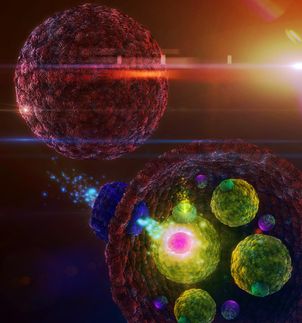Photocure initiates enrolment into phase II trial of Cevira® for cervical HPV infection
First study to evaluate optimal dose of novel integrated drug-delivery device
Photocure ASA has initiated patient enrolment in the first trial to evaluate the optimal dose and safety of Cevira, an integrated intravaginal drug-delivery device.
The study is a randomized, placebo controlled dose finding study in patients with low to moderate grade cervical intraepithelial neoplasia (CIN 1-2). The main end-point in the study is to assess the histological confirmed response of Cevira 3 months after treatment. The trial will also evaluate the safety profile of the new intravaginal drug-delivery device. The trial will enroll 240 patients, at 21 centers, across the US and Europe. The study is designed to be the study that will form the platform for the final phase III program of Cevira, and the results of the trial are anticipated in the second half 2012.
Cervical HPV and precancerous lesions of the cervix are highly prevalent diseases affecting an estimated 260million women across the globe, currently with no therapeutic treatment options available. Cevira is being developed as the first novel therapeutic option for this large and growing patient population. Cevira can be easily administered by gynecologists, obviating the potential morbidities associated with surgery. Clinical proof of concept has previously been demonstrated, with an excellent safety profile and no patient down time.
Kjetil Hestdal, President and CEO, states “There is a huge unmet medical need across the globe for a therapeutic alternative for CIN lesions and cervical HPV disease. By combining both the drug and light source into an integrated, easy to administer and highly tolerable system, the previous barriers to adoption of photodynamic technologies has been obviated, allowing for greater patient access by physicians.”
Other news from the department research and development

Get the life science industry in your inbox
By submitting this form you agree that LUMITOS AG will send you the newsletter(s) selected above by email. Your data will not be passed on to third parties. Your data will be stored and processed in accordance with our data protection regulations. LUMITOS may contact you by email for the purpose of advertising or market and opinion surveys. You can revoke your consent at any time without giving reasons to LUMITOS AG, Ernst-Augustin-Str. 2, 12489 Berlin, Germany or by e-mail at revoke@lumitos.com with effect for the future. In addition, each email contains a link to unsubscribe from the corresponding newsletter.





















































